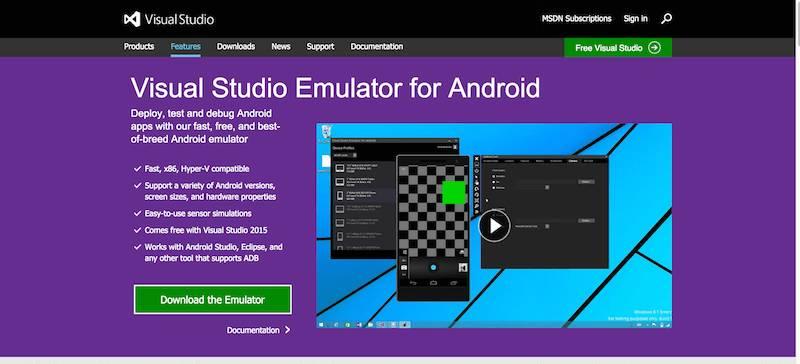Affordable Loans for International Students in the US: Your Comprehensive Guide
Guide or Summary:Understanding Loans for International Students in the USTypes of Loans AvailableEligibility CriteriaApplication ProcessRepayment OptionsWhe……
Guide or Summary:
- Understanding Loans for International Students in the US
- Types of Loans Available
- Eligibility Criteria
- Application Process
- Repayment Options
When it comes to pursuing higher education in the United States, international students often face unique financial challenges. One of the most pressing concerns is how to fund their studies without breaking the bank. This is where loans for international students US come into play. Understanding the options available can make a significant difference in your educational journey.
Understanding Loans for International Students in the US
International students may not have access to federal student loans, which are available to U.S. citizens and permanent residents. However, there are various private lenders and financial institutions that offer loans for international students US. These loans can help cover tuition fees, living expenses, and other associated costs of studying abroad.
Types of Loans Available
1. **Private Loans**: Many private lenders provide loans specifically tailored for international students. These loans often require a U.S. co-signer, which can be a challenge for students who do not have family or friends in the country.
2. **Institutional Loans**: Some universities and colleges offer their own loan programs for international students. These loans may have more favorable terms and conditions compared to private loans.
3. **Scholarships and Grants**: While not loans, scholarships and grants can significantly reduce the financial burden. Many institutions offer financial aid specifically for international students, so it's worth researching these opportunities.

Eligibility Criteria
Eligibility for loans for international students US can vary by lender, but common criteria include:
- Enrollment in an eligible program at a recognized institution.
- A good credit history or a co-signer with a strong credit profile.
- Proof of income or financial stability.
It's essential to carefully review the eligibility requirements for each loan option to determine which is best suited for your situation.
Application Process
The application process for loans for international students US typically involves several steps:
1. **Research Lenders**: Start by comparing different lenders to find the best interest rates and terms.
2. **Gather Documentation**: Prepare necessary documents, including proof of enrollment, identification, and financial statements.
3. **Submit Application**: Fill out the loan application and submit it along with the required documentation.
4. **Loan Approval**: Once your application is reviewed, you will receive a decision. If approved, review the loan terms before accepting.

5. **Disbursement**: After acceptance, the funds will be disbursed to your school to cover tuition and other fees.
Repayment Options
Understanding repayment options is crucial when considering loans for international students US. Most loans will require repayment to begin after graduation, while others may offer grace periods or income-driven repayment plans. It's important to discuss these options with your lender to find a plan that fits your financial situation.
Navigating the world of financing your education as an international student can be daunting, but understanding the options available for loans for international students US can empower you to make informed decisions. By researching your options, preparing your application, and understanding repayment terms, you can secure the funding needed to achieve your academic goals in the United States. Always remember to consult with financial advisors or the financial aid office at your institution to explore all available resources.